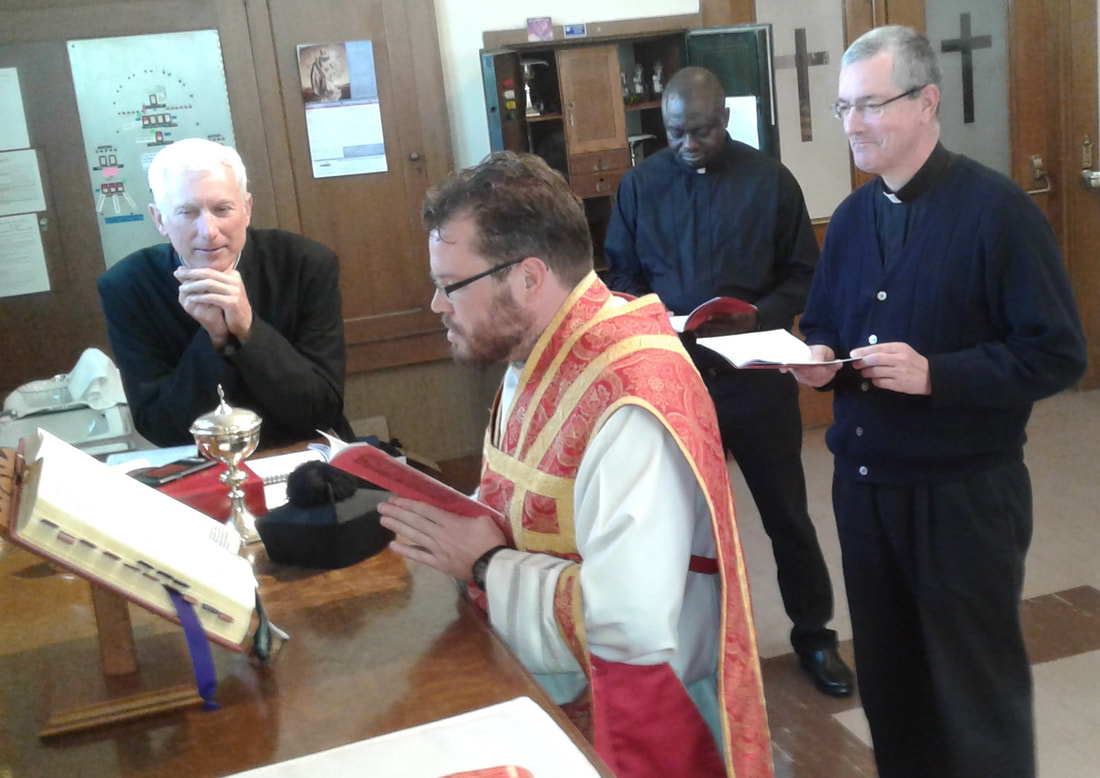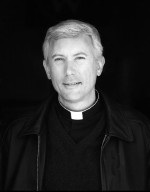Star of the Sea parish is the only church in San Francisco that offers Mass in the Extraordinary Form (Latin) every weekday, with a full Sung Mass on Sundays. Some are overjoyed to have a "traditional" Mass every day, but others object to Mass in a language and form that they don't understand. Over the next few posts, I’d like to point out the principals and particular beauty of the traditional form of the Roman Rite.
An Acquired Taste
Mass in the Extraordinary Form is certainly an acquired taste. I was taught in the seminary that the “traditional Mass” was banished to the dustbin of history, just a museum piece, a fetish for odd traditionalists. In 2007, however, Pope Benedict encouraged priests to learn the Extraordinary Form in order to understand the Mass more deeply. He asked us to offer it in our parishes if even a small but stable group of our people requested it. Later that year a priest friend asked me to join him at a training seminar, and so we flew out to a Nebraska seminary for a week. In January of 2008 I began offering the "Latin Mass" every week in my parish. It was hard work, and by the end of my first few Masses I was soaked with sweat, but now I can say the Traditional Form blindfolded! Through study and regular practice of the Extraordinary Form my worship has taken on a new depth. I beheld a beauty and a purpose in the sacred liturgy that I had never known. I want you to enter that depth and beauty as well.
An Extraordinary Form
The Ordinary Form of the Mass is the normal way for parishes to offer Mass at this time in history. Most of our Masses at Star of the Sea are in the Ordinary Form (in English), and I love Mass in both forms. But all Catholics should understand the Extraordinary Form, the Mass of every Catholic saint and sinner from the Fifth Century. This is the Mass in which St. Francis and St. Philip Neri and St. Benedict prayed. My favorite saint, Mother Teresa, began her life praying in the Extraordinary Form, and when it changed in 1970, she was careful not to lose the reverence and purity of the earlier form. She switched to the Ordinary Form like everyone else, but she didn’t replace the organ with guitars and drums; she didn’t want priests to entertain her sisters like showmen. For example, her sisters ask me to offer my weekly Mass for them ad orientem (facing the crucifix rather than themselves), and even though their chapels have no kneelers no MC would dream of standing or sitting during the Consecration. Not all of us have the deep faith and liturgical purity of Mother Teresa, and so we need the Extraordinary Form to help us regain a proper God-centered orientation in the Mass. The mystical beauty and prayerful focus of our 11:30 Sunday Latin Mass draws people from all over (it is now our most-attended Mass). I am deeply grateful to our musicians, priests, sacristan, altar guild, and altar servers for the devoted service they put into the sacred liturgy. I think every Catholic would benefit immensely from a familiarity with the Extraordinary Form of the Roman Liturgy, and I will be write more about this form of worship in future posts.



 RSS Feed
RSS Feed